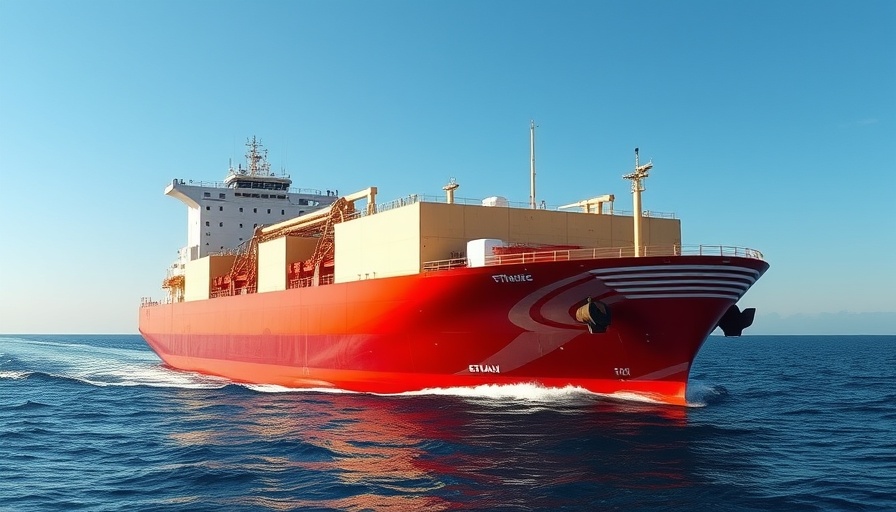
Dominican Navy Enhances Security With New Patrol Vessel
In a significant move to bolster maritime security, the Dominican Navy has officially commissioned its second 85-foot Near Coastal Patrol Vessel (NCPV), the Arcturus CG-114. The vessel, crafted by Metal Shark based in Jeanerette, Louisiana, promises to enhance the nation's capabilities in combating crime at sea, especially drug trafficking and illegal fishing. This addition follows the delivery of the Betelgeuse CG-102 in 2020, marking a continued commitment to modernizing naval assets.
Understanding the NCPV's Features and Capabilities
The Arcturus CG-114 was designed with advanced operational needs in mind. With a speed exceeding 25 knots thanks to its powerful twin 1,600-horsepower engines, the vessel is engineered for extended missions of up to six days, housing a crew of ten sailors. One of its standout features is a 5.6-meter Metal Shark-built aluminum RIB, which can be launched via an innovative stern slipway, enhancing its versatility during operations.
The Role of Advanced Maritime Technology
This patrol vessel is not just another addition to the fleet; it represents a strategic partnership between the Dominican Republic and the U.S. Navy. The Arcturus CG-114 is part of a greater initiative under a $54 million Foreign Military Sales contract that could ultimately see the production of up to thirteen NCPVs. This initiative strives to support regional defense initiatives critical for security across the Caribbean and Central American coasts, where illegal activities often thrive.
The Broader Implications for Regional Security
The commissioning of Arcturus CG-114 showcases the ongoing commitment of nations to collaborate in safeguarding their maritime domains. The vessel is expected to play a crucial role in monitoring and securing Dominican territorial waters, specifically to address issues like human trafficking and organized crime. The cooperation extends beyond vessel procurement, reflecting shared interests in achieving stability and safety in regional waters.
Strategic Importance of Metal Shark's Contribution
Metal Shark's reputation for crafting durable and efficient military vessels has positioned it as a significant player in the global shipbuilding industry. Statements from top executives underline the company’s continued dedication to producing high-quality patrol crafts meeting stringent military standards. Their consistent output supports not only the Dominican Navy but also other military and law enforcement agencies throughout Central America and beyond.
A Future of Enhanced Naval Capabilities
The delivery of the Arcturus CG-114 signifies a pivotal evolution in the Dominican Navy's operations as they aim to protect their maritime resources more effectively. By integrating advanced vessels like this, they stand a better chance against illicit activities at sea while ensuring the safety of their citizens and preserving valuable natural resources.
The Dominican Navy's investment in modern patrol vessels illustrates a forward-thinking approach to national defense that prioritizes both capability and regional cooperation, paving the way for a safer maritime environment. As these vessels become operational, the ongoing partnership with Metal Shark will likely yield additional advancements in naval technology and operational excellence.
 Add Row
Add Row  Add
Add 




Write A Comment